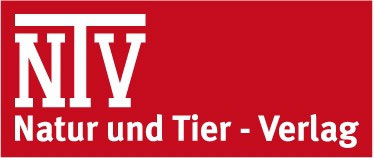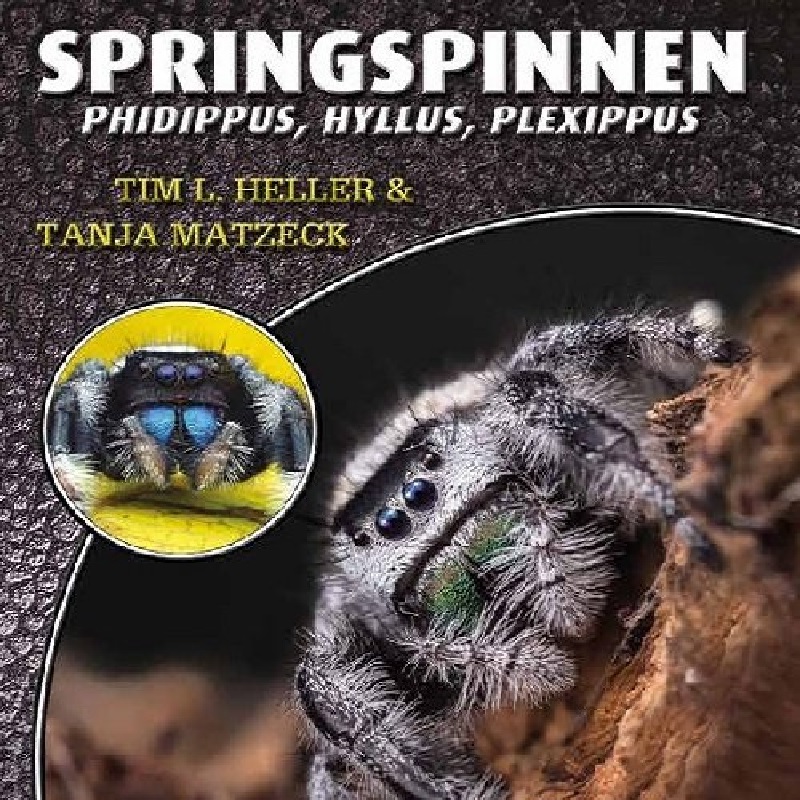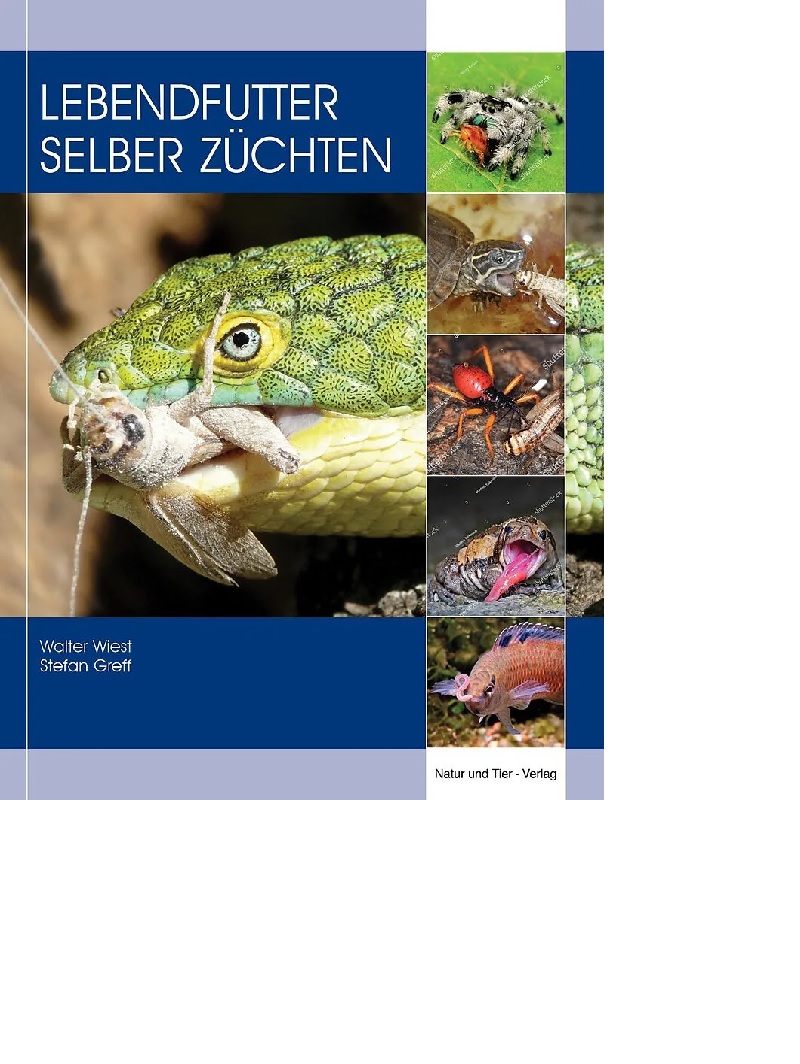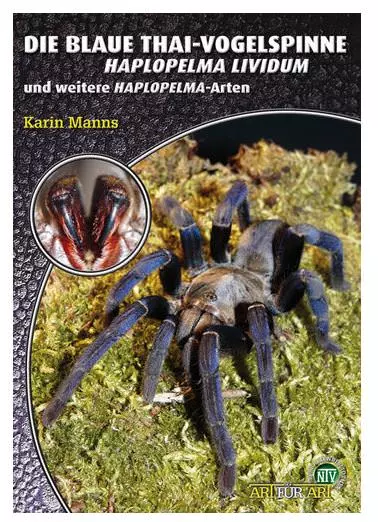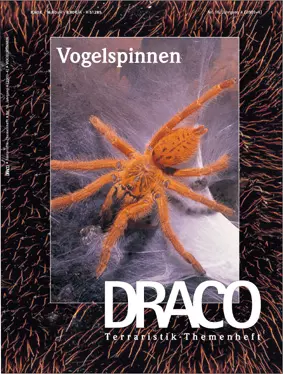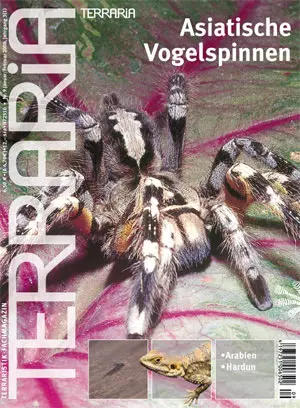

CHF 9.80
Stock: 0
Available in 1-3 days, acquisition time 7 days

Reptilia 18 - Mimese
Malta
Bau von Styropor-Terrarien
Ernährung von Landschildkröten
Inhalt:
Seite 2 - Editorial
Seite 3 - Leserbriefe
Seite 5 - Magazin
Seite 11 - Termine
Seite 14 - Western Herp Perspectives: Die Königin der Schlangen, von B. Love
Seite 16 - Fotoreportage: Mimese, von L. Aissefaire
Seite 24 - Reportage: Mimese - Energiesparen durch Tarnung, von Dr. M. Gaulke
Seite 32 - Haltung und Zucht: Wie ein Blatt im Wind. Das wandelnde Blatt Phyllum celebicum im Terrarium, von H. Fischer
Seite 38 - Reisebericht: Tempel, Scheibenzüngler und Reptilien - Eindrücke einer Reise nach Malta, von U. Schlüter
Seite 43 - Fotografischer Steckbrief: Reptilien und Amphibien im Naturschutzgebiet Du Tsingy de Bamaraha (West-Madagaskar), von G. Hallmann, E. Hoffmann, J. Krüger, P. Schlagböhmer und G. Trautmann
Seite 47 - Porträt und Poster: Gastrotheca riobambae, von H. Werning
Seite 51 - Reportage: Ernährung Europäischer Landschildkröten, Teil 2, von Dr. C. Dennert
Seite 59 - Haltung und Zucht: Ein Minikrokodil für das Paludarium - Der Kielskink Tropidophorus grayi, von U. Dost
Seite 64 - Terrarienpraxis: Terrarien aus Styropor, von D. Hasselberg
Seite 69 - Herpetofauna: Der Bismarckzwergpython Liasis boa - Haltung und Vermehrung einer farbenprächtigen Riesenschlange, von V. Franz
Seite 72 - Herpetologie und Kultur: Schlangen gehen zur Schule - Teil 2, von M. Hallmen
Seite 81 - Reptilia unterwegs: Zoo Berling-Friedrichsfelde, von H. Werning
Seite 84 - Rat und Tat
Seite 90 - Bibliothek
Seite 96 - Glosse: Mal was anderes, von A. Scheffler
0 of 0 reviews
Login
Similar products

